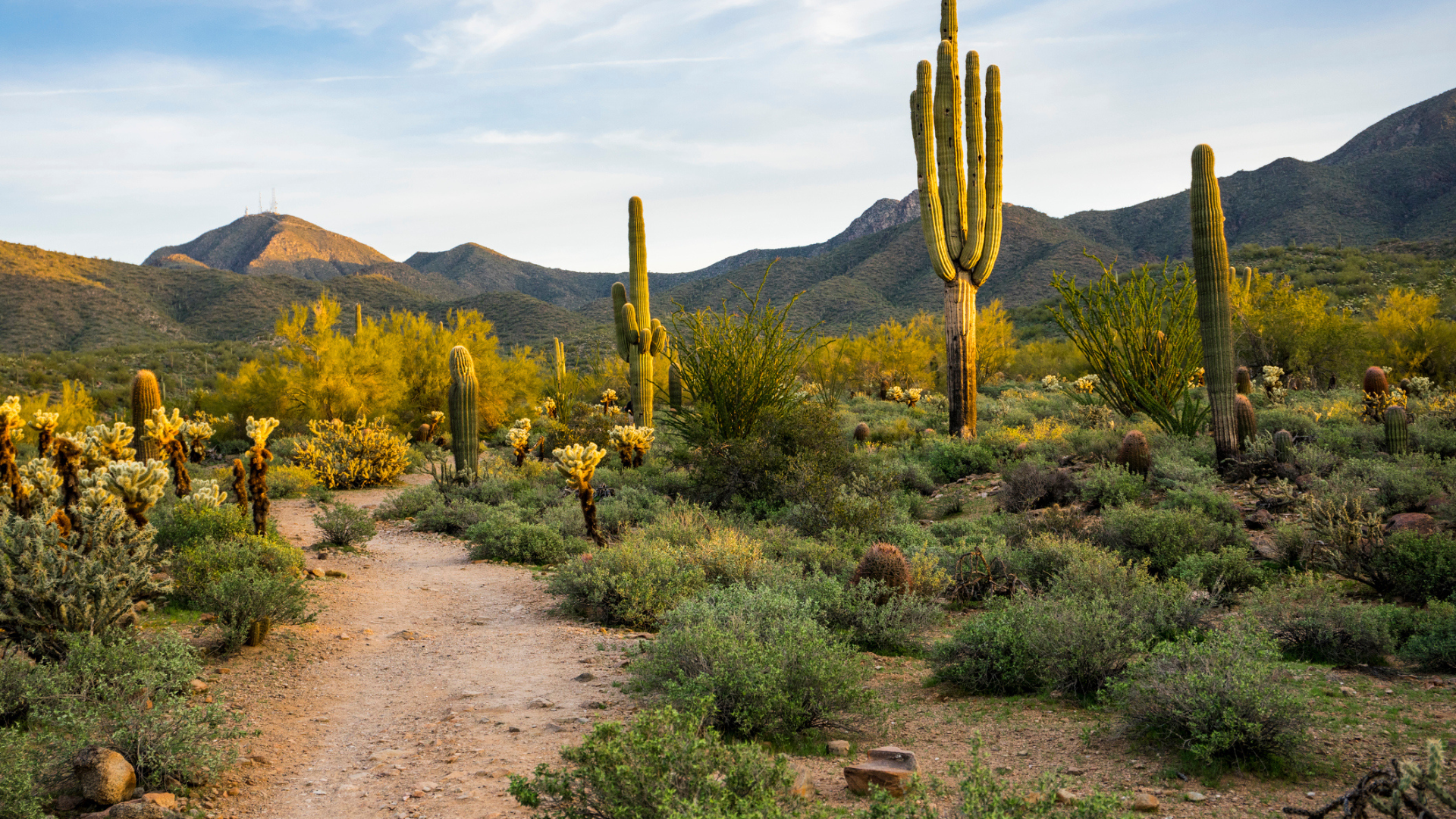Trump’s tariffs mean your outdoor gear is about to get more expensive – here’s what you could pay more for and why store discounts may disappear
Many of the new duties are on hold for the moment, but outdoors business experts say the price of your kit will rise, and may have already
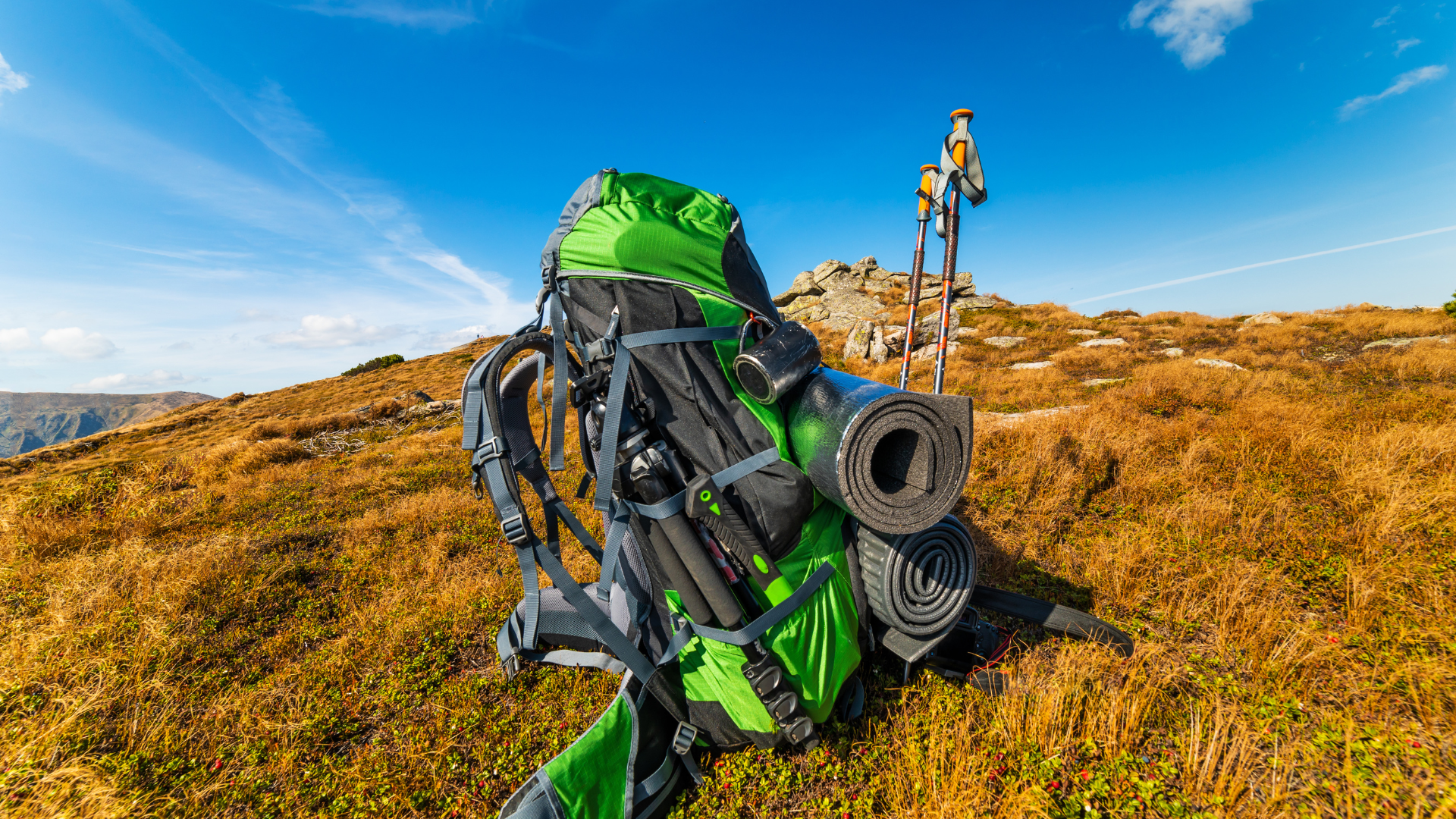
Despite Trump’s surprise 90-day pause on a great deal of his April 2-announced tariffs, it seems inevitable that we’re going to be shelling out more at the checkouts for our favorite outdoor items.
The threat of trade war alone has created huge uncertainty for businesses around the world, destabilizing prices, and the 10% universal duty remains in place, which they are already having to absorb.
Much of the manufacturing of clothes and equipment from our favourite brands takes place in Asia in countries such as China, which is facing a 125% tariff, and in Cambodia and Vietnam, both originally threatened with 49% tariffs.
The US Outdoor Industry Association (OIA) has said that these tariffs will hurt American businesses, workers and consumers. The number of Americans taking part in outdoor activity is at an all-time high, it revealed, with 175.8 million participating last year.
“These tariffs will raise costs for American manufacturers, retailers and families,” says Kent Ebersole, president of OIA.
“That’s going to slow growth, put pressure on small and mid-sized outdoor companies and could force some to close their doors. These tariffs also make it more difficult for global outdoor brands to operate in the US and maintain their American workforce.”
For brands such as Black Diamond and Columbia Sportswear, whose share prices have dropped as a result of these tariff increases, the situation is challenging. The higher tariffs raise their cost base, which makes it harder to maintain profit margins.
Advnture Newsletter
All the latest inspiration, tips and guides to help you plan your next Advnture!
Logistics expert Will Kogan explains: “As publicly traded companies, any price hikes or shrinking profit margins directly affect their stock market performance. This has led to investor concerns, reflected in the decline in share prices. The challenge for these companies now is finding a balance between raising prices and maintaining their customer base.
"For US consumers, the effects of these price hikes are becoming increasingly apparent. For high-end brands like Yeti, this could impact demand, as consumers might start to opt for more affordable alternatives, especially in a time of economic uncertainty."
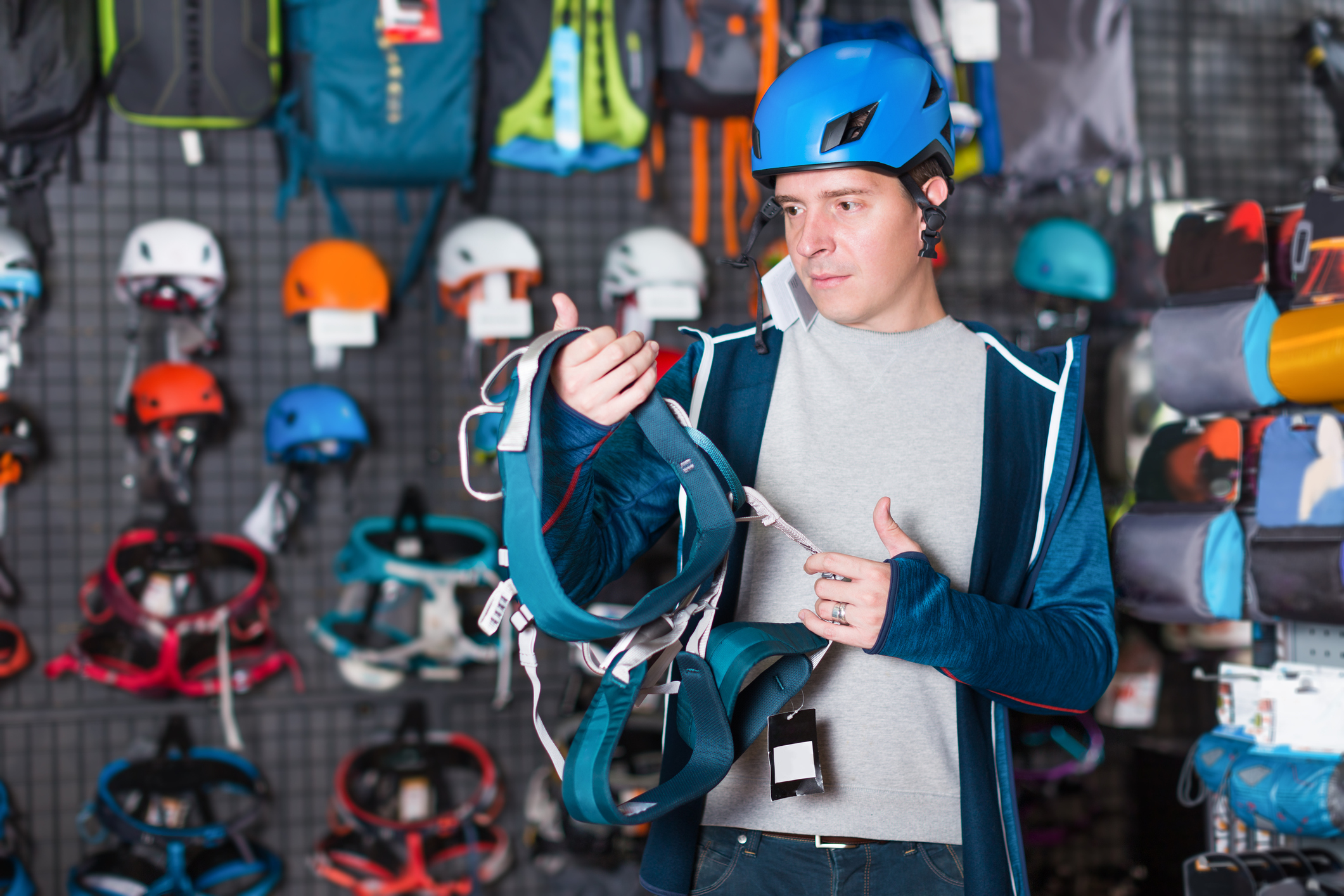
When will the price of gear rise?
Savvy brands have been trying to stay one step ahead of the looming tariffs, importing as much product as they could before April. Imports have been high since summer 2024, the US National Retail Federation has revealed.
“Retailers have been bringing merchandise into the country for months in attempts to mitigate against rising tariffs, but that opportunity has come to an end with the imposition of the ‘reciprocal’ tariffs,” US National Retail Federation spokesperson Jonathan Gold said.
Damon Street from Twist Distribution, EU distributor of Exell Outdoors, which owns brands such as Sierra Designs and Kelty, agrees that businesses have been preparing for these tariffs long before April 2.
"They have probably already been through two waves of pricing," he says.
However, he describes Trump’s latest 90-day pause as a “lifeline”. It will give companies a chance to manufacture and deliver on orders already placed and time to plan for the future.
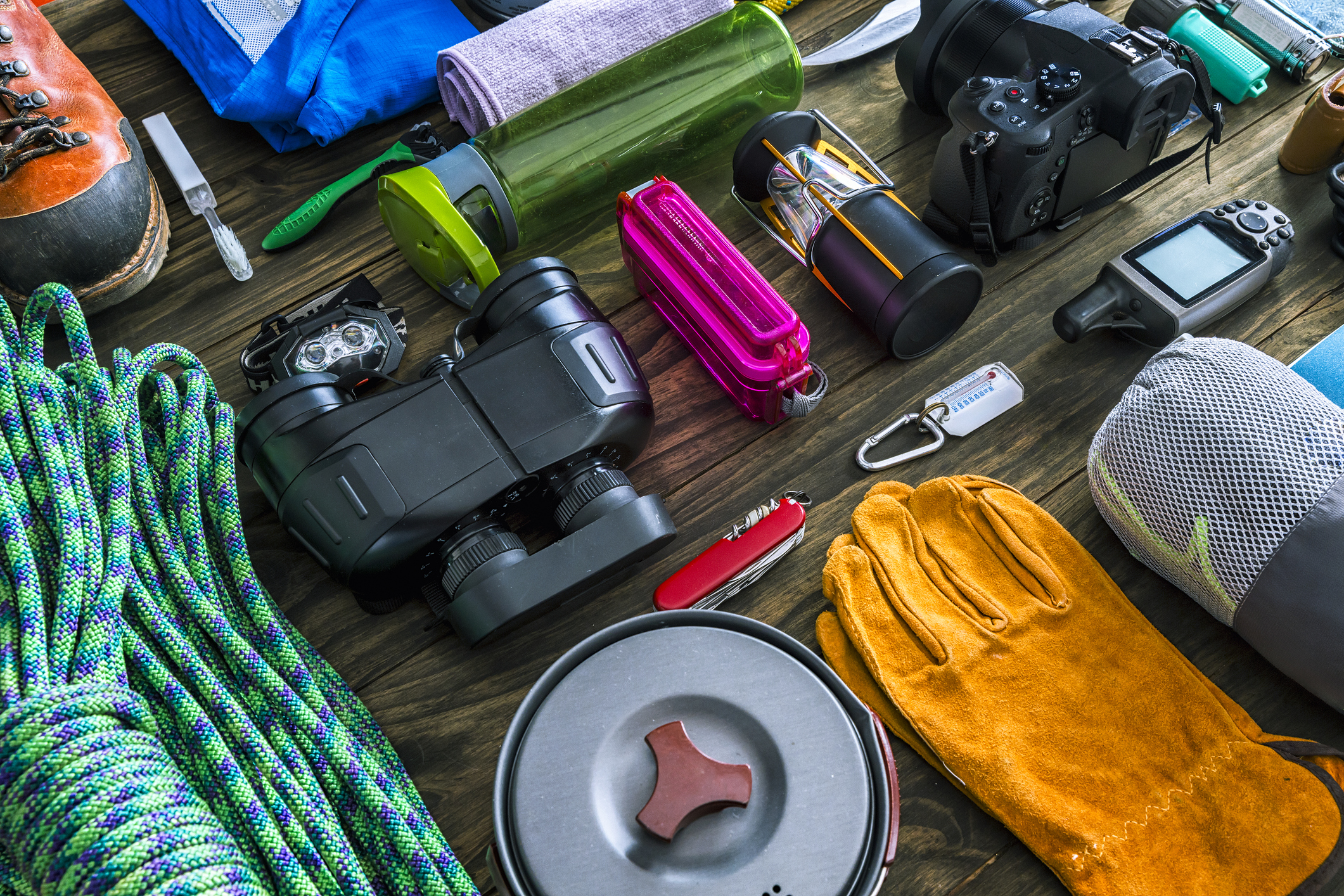
How will brands absorb these costs?
Street explains that at this time of year, as brands get ready to present next year's spring/summer product at trade shows, they usually have pricing cemented. However, with the economic uncertainty, they are still working it out.
He predicts that they are likely to protect key products while pushing costs onto "accessories".
“Brands are having to look at what are the key products they need, the things that define their brands, and maintain performance there.
For Exell it's their sleeping bags, backpacks and tents. For Kelty, our best-seller is the Tru.Comfort Doublewide two-person sleeping bag. We will make sure this is hitting the right price point going forwards. Perhaps we will have to remove focus from other accessories, the things that are 'nice' to have," he explains.
Businesses are also considering manufacturing long-term. At Excell they have built a factory in Alabama where they can manufacture sleeping bags. However, it's not going to be a quick solution.
"We can switch on manufacturing there," Street says. "But where the products are currently being made, the quality is A1. To replicate the volumes and the quality is going to be a big ask."

Will gear cost less in Europe than the US?
One interesting development is that we may see global pricing disparity, Street predicts.
“At Exell, we have always maintained a global pricing policy. A £100 product in the UK might sell at €115 in the EU and $125 in the US. The brand price is roughly aligned, similar to Nike or Adidas products. The brand price is roughly the same whether you buy it in London, Munich or New York. This may be affected as realistically each territory will have to look at what they need for their own markets and find the right price point."
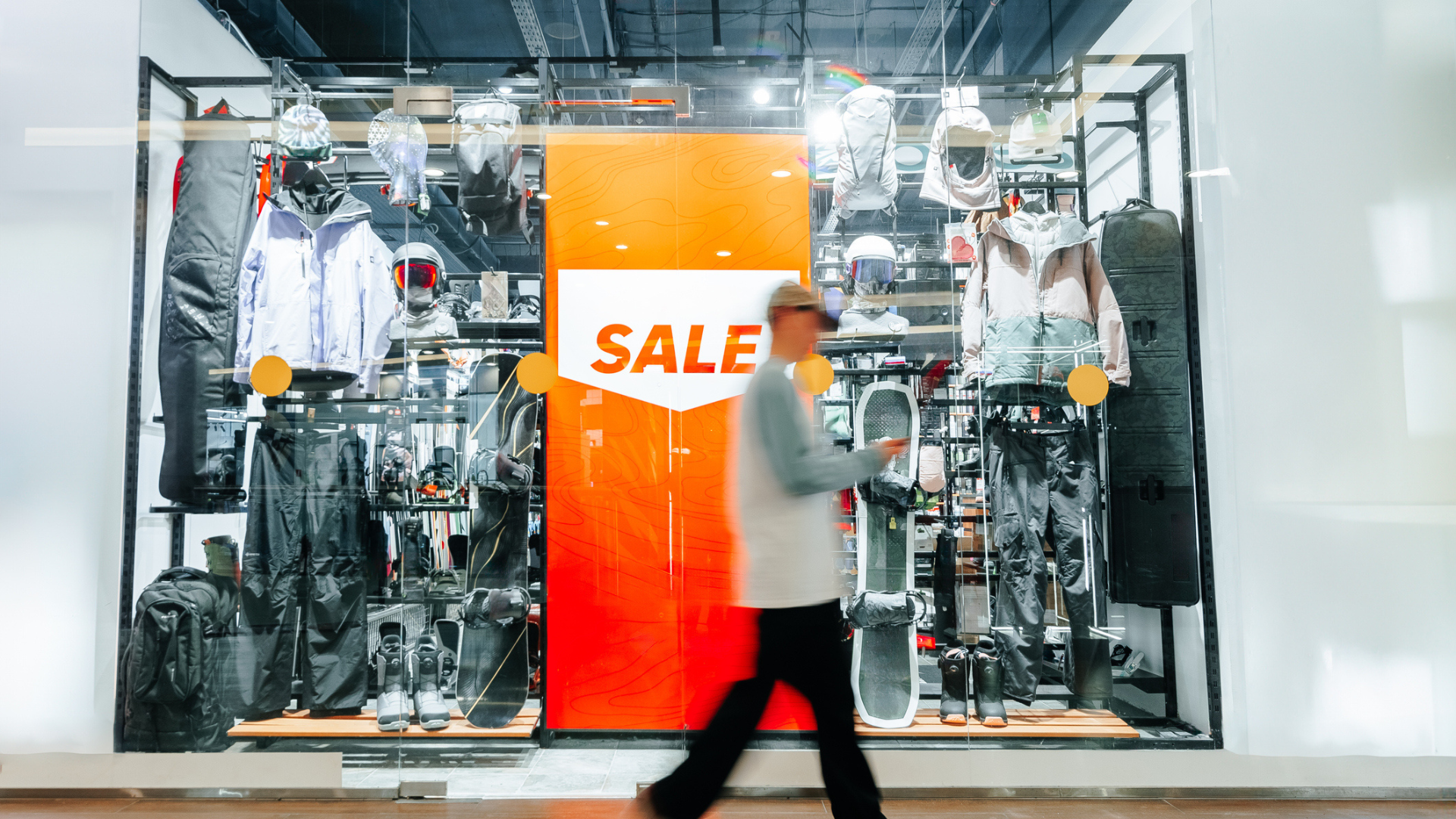
The end of store discounts?
Further down the supply chain, Street believes retailers will have to reconsider pricing too, which the consumer will probably notice over the coming months.
"As new deliveries arrive with higher-priced product, retailers can blend the price, and get a blended margin that won’t be too bad. However, as they run out of older stock that was bought in at the right price, the margin will be hard to hold without significant price increases.
He believes initially retailers will have to stop discounting products to keep their profit margins and sell at the RRP.
Ultimately, he says the consumer will have to make a choice to spend more or buy from cheaper brands.
Extend the life of your gear
With prices set to hike, it’s more beneficial than ever to takes steps to make your gear last longer.
- Invest in quality – paying more for well-made and durable gear is more financially sound that investing in budget-friendly options, which can be false economy. If you don’t have funds to lay out for brand new gear, consider buying used gear. There’s advice in our article How to shop for second hand outdoor gear.
- Look after your clothes – keep them clean and wash with Nikwax, or unscented detergent, after every few uses. Always store gear clean and dry. Repair tears, and if you can't yourself, employ someone who can.
- Reproof outer layers – when water starts to breach jackets and trousers, use a DWR product to make them waterproof again. There’s helpful advice in How to waterproof a jacket.
- Repair gear – there are amazing gear-repair companies out there who will bring your tired clothes and equipment back to life, especially if the item has a lifetime warranty. Whether it’s replacing a broken backpack zip or washing a filthy sleeping bag, there may be someone out there who can do it at a fair price.
- The best changing robes 2025: cocoon yourself post-swim in a protective layer
- The best running jackets 2025: beat the wind and rain on your run with these ultralight offerings
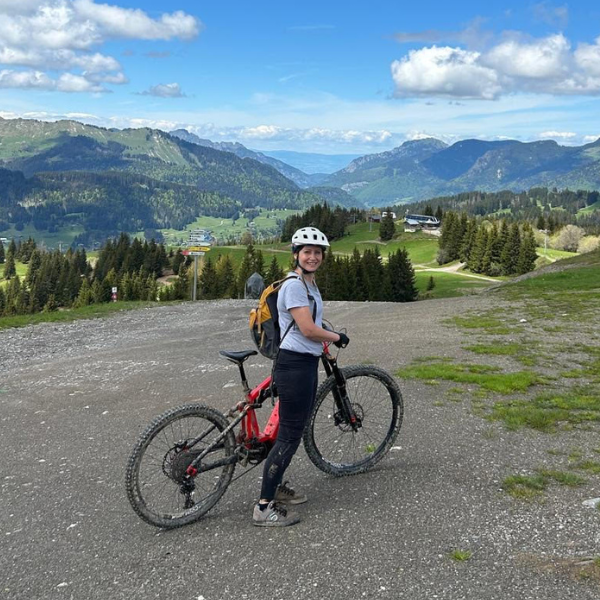
Charlie is a freelance writer and editor with a passion for hiking, biking, wild swimming and active travel. She recently moved from Bristol to South Wales and now refuses to leave her front door without one of the following: lightweight hikers, wetsuit, mountain bike, tent. Having bought a fixer-upper home that backs on to protected woodland, her love of nature and wildlife has intensified and the dark skies have kickstarted a new fondness for stargazing.
